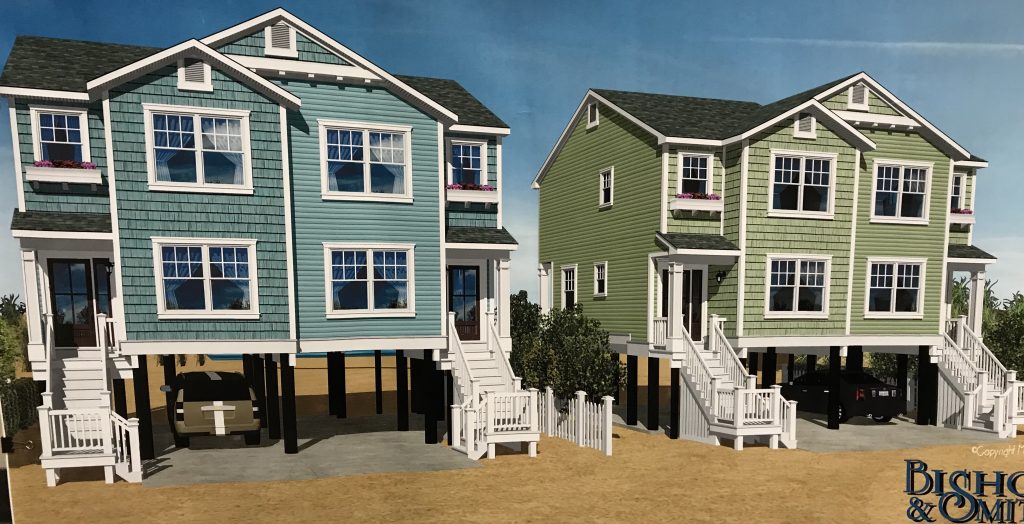The attorney representing a Brick resident who is objecting to the construction of seven homes where 30 once stood before Superstorm Sandy said he was unfairly described as being a “no show” at a Brick Township zoning board meeting last week.
Robert C. Shea, a Toms River attorney representing JSTAR, the legal entity that is a residential home on Lyndhurst Drive, said he gave the board advance notice that he recently had surgery and his associate, Dina Vicari, already had a scheduled meeting in Berkeley Township Jan. 15.
In a scathing letter to the zoning board attorney and his adversary in the Camp Osborn case, John Jackson, Shea said his office “immediately” filed a request under the state’s Open Public Records Act to determine the next hearing date after receiving word from his client on the matter. After he was not in receipt by Jan. 13, Shea penned a letter to John Miller, the zoning board attorney, explaining that neither he nor Vicari could make the Jan. 15 meeting. The board scheduled the matter on the agenda anyway, but Board President Harvey Langer agreed to adjourn the matter since objectors have legal standing to be present and represented by counsel at meetings pertaining to the applications with which they are concerned.
|
|
Shea provided to Shorebeat a copy of the Jan. 13 letter to the board. In a letter written the day after the hearing, Shea took particular offense to a quote by Langer that was included in the Shorebeat story published earlier that morning. Under pressure from Jackson, who characterized his adversary’s absence as a delaying tactic (Jackson held that another associate from the firm other than Shea or Vicari could have appeared), Langer issued a warning, saying: “If they don’t show up, we’re not going to do this again … there are no more excuses.”
“It is a misrepresentation of the facts,” Shea wrote. “This office has been in attendance at all required meetings and would never not show up if our appearance was required.”
Shea said his office was only told about the impending hearing a few days before, which does not comport with the traditional 10-day window wherein parties involved in a land use dispute can submit documents for review prior to future hearing dates.
JSTAR successfully fought off an earlier plan to build 13 houses on the plot of land that was once owned by Bob Osborn, which made up the southermost portion of the Camp Osborn site which burnt down during Sandy. The objecting resident argued that even though more than 30 homes once occupied the site, rebuilding efforts should be constrained to the township’s present zoning, which requires 7,500 square foot lots – about three or four homes. Jackson has argued that the intensity of development on the plot of land has already been lessened significantly, and the neighbor wants to restrict development only to large estates rather than the more humble bungalows that once occupied the land.
The application seeks permission to build the seven homes on the southernmost swath of land in the Camp that backs up to Lyndhurst Drive. The bulk of the Camp’s reconstruction will be heard in a separate case. In the interim, the board approved the reconstruction of homes in the median of Route 35 at the location of the Camp.
The southernmost plot was once owned by Osborn, who generated income by leasing the land on which private homes had been built. Osborn died during the last round of litigation and the property was sold to a North Jersey developer.
The next hearing on the matter has been scheduled for Jan. 29. The board has already voted to preliminarily approve the seven homes and needs only to hear testimony from the developer, RTS IV, LLC, that they plan on complying with the board’s preliminary resolution of approval. Shea is expected to argue that even with approval, a court would not allow the homes to be built under the “rezoning by variance” doctrine which led a judge to vacate the 13 home approval.

Advertisement

Police, Fire & Courts
South Toms River Man Charged in Violent Murder of Wife

Police, Fire & Courts
Toms River Man, 36, Charged With Failing to Register Under Megan’s Law










